It’s an uncomfortable experience when your car's AC compressor refuses to stay engaged. Now, you’re wondering what caused this problem and what you can do to fix it. We researched these concerns for your convenience and found the following answer.
Your car's AC compressor may not stay engaged because of underlying issues that often range from a bad low-pressure switch to a dirty condenser. Troubleshooting the system using DIY techniques may help locate the cause of the problem. Once found, use the appropriate techniques to fix the issue from its source.
Continue reading as we talk about the possible reasons why your car's AC compressor cycles frequently. Also, we'll discuss some possible solutions that may help restore your vehicle's cooling system's normal functions.
Reasons Why Car AC Compressor Keeps Turning Off
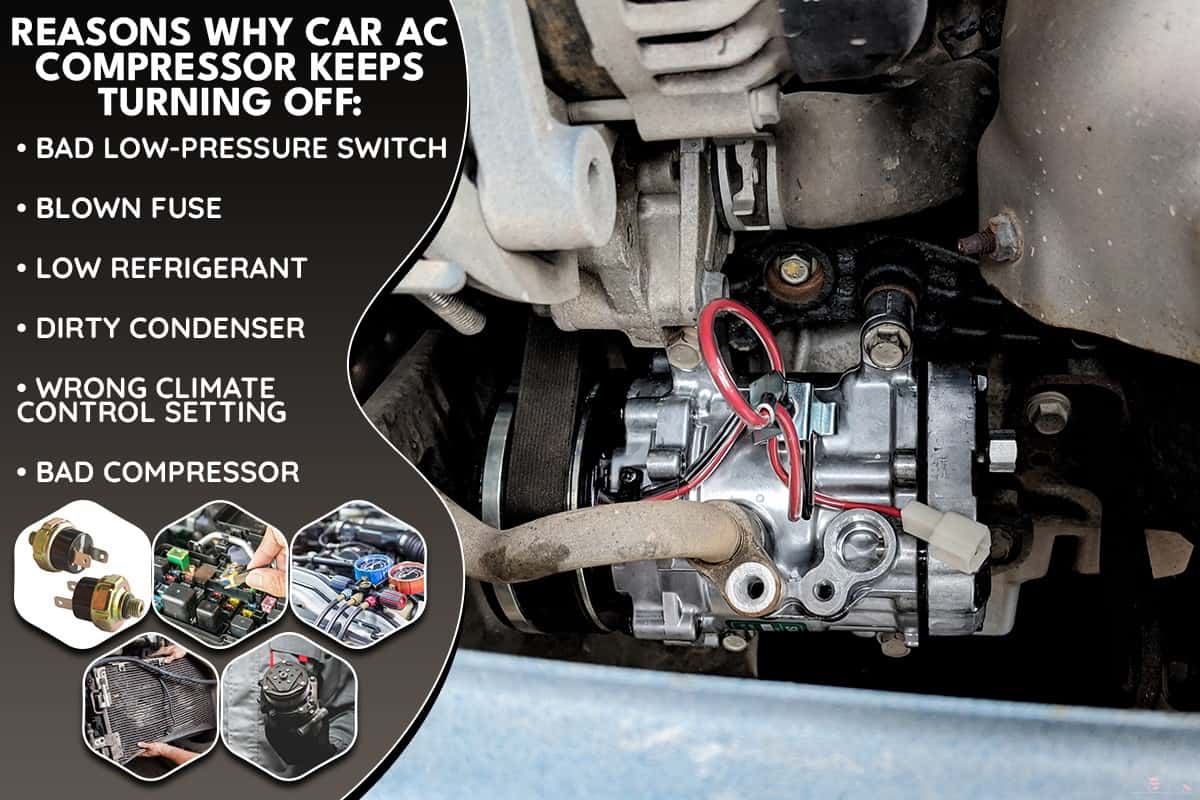
Bad Low-Pressure Switch
The low-pressure switch ensures that the pressure in the compressor doesn’t become too low. The switch should activate automatically when the compressor reaches a certain pressure level. A car AC compressor that won’t stay on for extended periods might indicate a bad low-pressure switch.
Blown Fuse
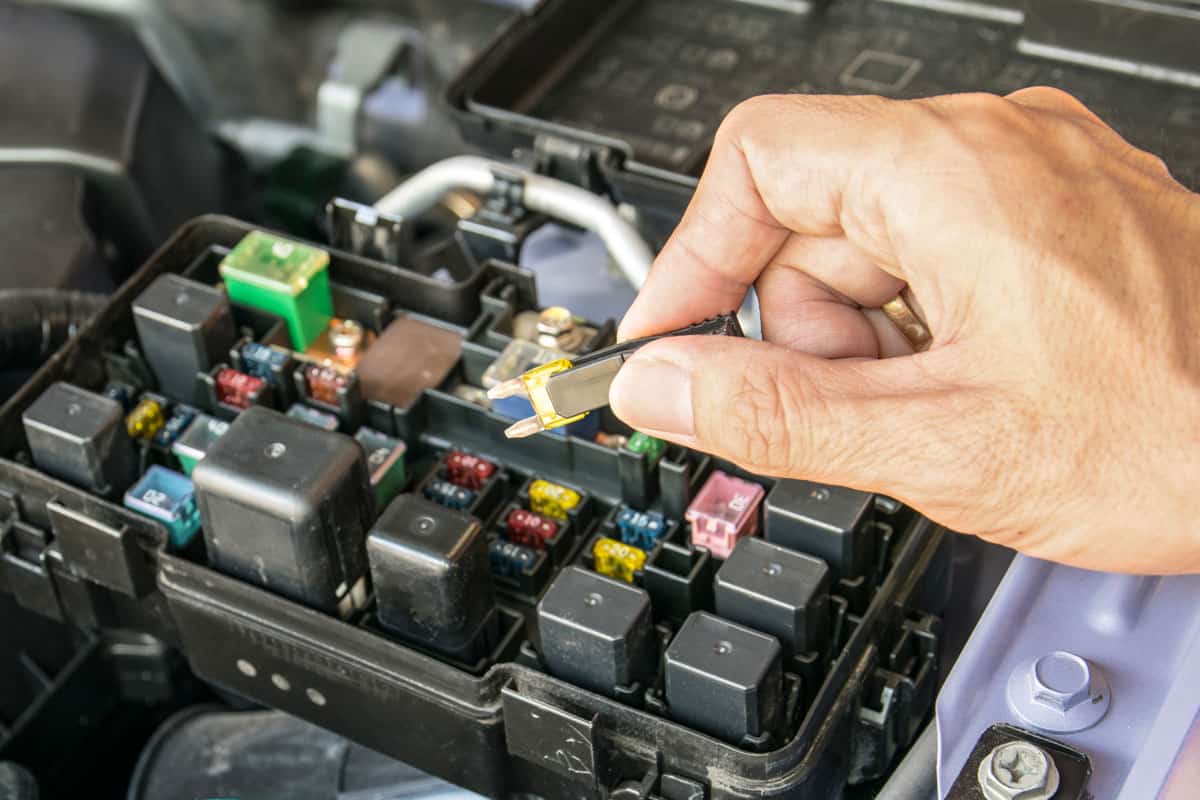
Automotive fuses help protect electronics and their connections to vehicles. However, a fuse, particularly the one connected to your car’s AC compressor, might blow.
This event occurs when it falsely draws more current than needed, causing the module to malfunction or break down. If so, the AC compressor may frequently cycle, which can lead to other problems if left unchecked.
Low Refrigerant
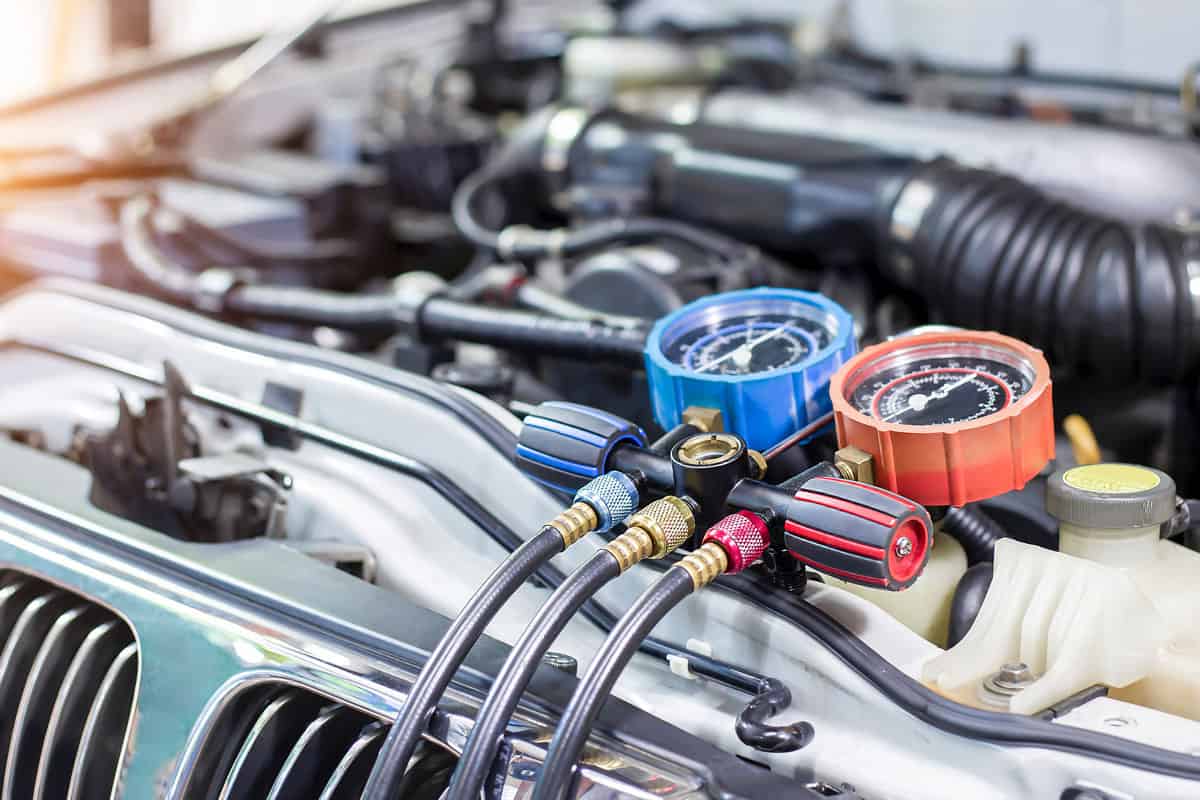
A leak or normal wear and tear can reduce the car’s AC refrigerant levels to low amounts. Low refrigerant may trigger the compressor to turn off without any human intervention.
Dirty Condenser
Regular AC use in your vehicle can attract dirt and debris to the system’s condenser. A buildup of these unclean substances may inhibit the compressor from working properly. Additionally, using the AC with a dirty condenser may result in further harm to the cooling unit.
Wrong Climate Control Setting
Perhaps your car’s climate control is on an automatic setting. If so, a relatively simple adjustment to this feature may solve the issue. Check your vehicle’s owner’s manual if you need help adjusting its climate control features.
Bad Compressor
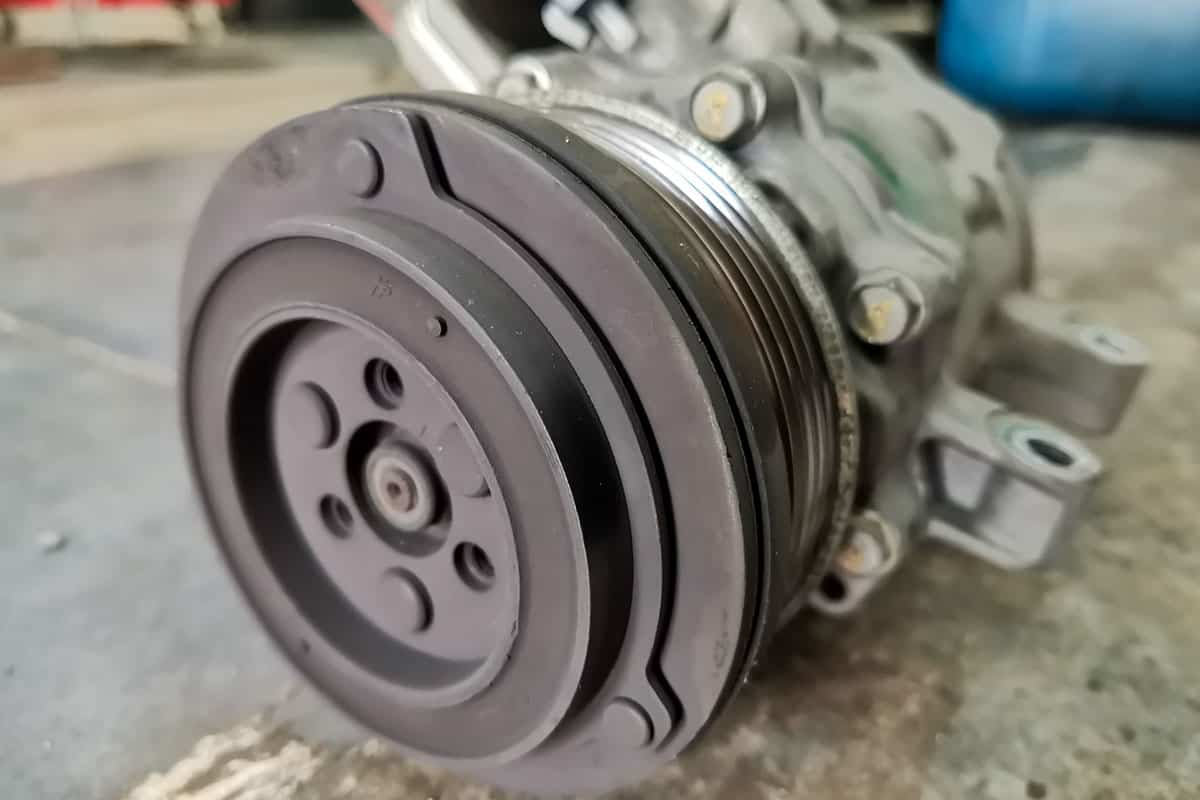
If the reasons already mentioned don't seem to be the cause for your situation, perhaps the compressor for your vehicle's AC system needs replacing. This assembly might now have irreparable damages. If so, replacing it may restore the cooling unit’s normal functions.
Take note that a vehicle’s AC system may have different symptoms if it doesn’t turn on immediately. Check out our post on why a car’s AC refuses to engage quickly and what you can do about it for more information about this concern.
How To Diagnose The Source Of Your Car’s AC Compressor Not Engaging?
You can take advantage of different ways to troubleshoot your car’s AC compressor. Take note that you can stop at any point once you find the source of the problem.
So here are some ways to find the root cause of your vehicle's AC issue:
- Turn on the AC and check the temperature if it’s stable. If not, the compressor is at fault.
- Turn off the AC and the vehicle’s engine, and find the compressor under the hood.
- Check for visible signs of rust or physical harm to the unit.
- If the compressor seems to be fine, check the connections attached to the unit.
- Open the vehicle’s fuse box and inspect for signs of a blown fuse.
- Check for fluids escaping underneath your car. If so, a refrigerant leak might be the underlying problem.
Tip: Aside from checking for liquid underneath the vehicle for signs of leaks, you can also use an electronic AC refrigerant leak detector for this particular job.
Check out this automotive leak detector kit on Amazon.
How Do You Replace A Low AC Pressure Switch In A Car?
Take note that your car's AC's low-pressure switch often needs replacing if the pressure reading on the system reads below 25 psi. If the results of your troubleshooting lead you to a faulty low AC pressure switch, replace this part by following these general steps:
What You’ll Need
- Automotive AC recharge kit
- Automotive AC refrigerant
- AC recovery machine
- Rubber ring with switch kit
- Replacement low-pressure switch
Step-By-Step Guide
- Turn off the AC and engine in your car. Then, engage your hand or parking brake.
- Allow the engine to cool before opening the hood.
- Connect the AC recovery machine's hoses to high and low-pressure terminals of your car's cooling system.
- Turn on the AC recovery machine to siphon the remaining refrigerant in the compressor.
- Locate and unscrew the old low-pressure switch.
- Install the rubber ring to the new low-pressure switch.
- Install the new low-pressure switch in the same location as the old unit.
- Recharge the car’s AC compressor.
- Turn on the engine and AC of your vehicle, and check if the cycling problem persists.
Warning: Be careful in handling the refrigerant. Ensure that it doesn’t escape into the atmosphere as the fumes may contribute to greenhouse gas effects.
Tip: Remove any excess moisture from the cooling system with a vacuum pump before installing the new low-pressure switch. That way, you can minimize the risks of moisture-related issues with your car's AC.
Check out this replacement automotive low-pressure switch on Amazon.
Watch this video to gain additional insights into this process:
How To Recharge Car AC?
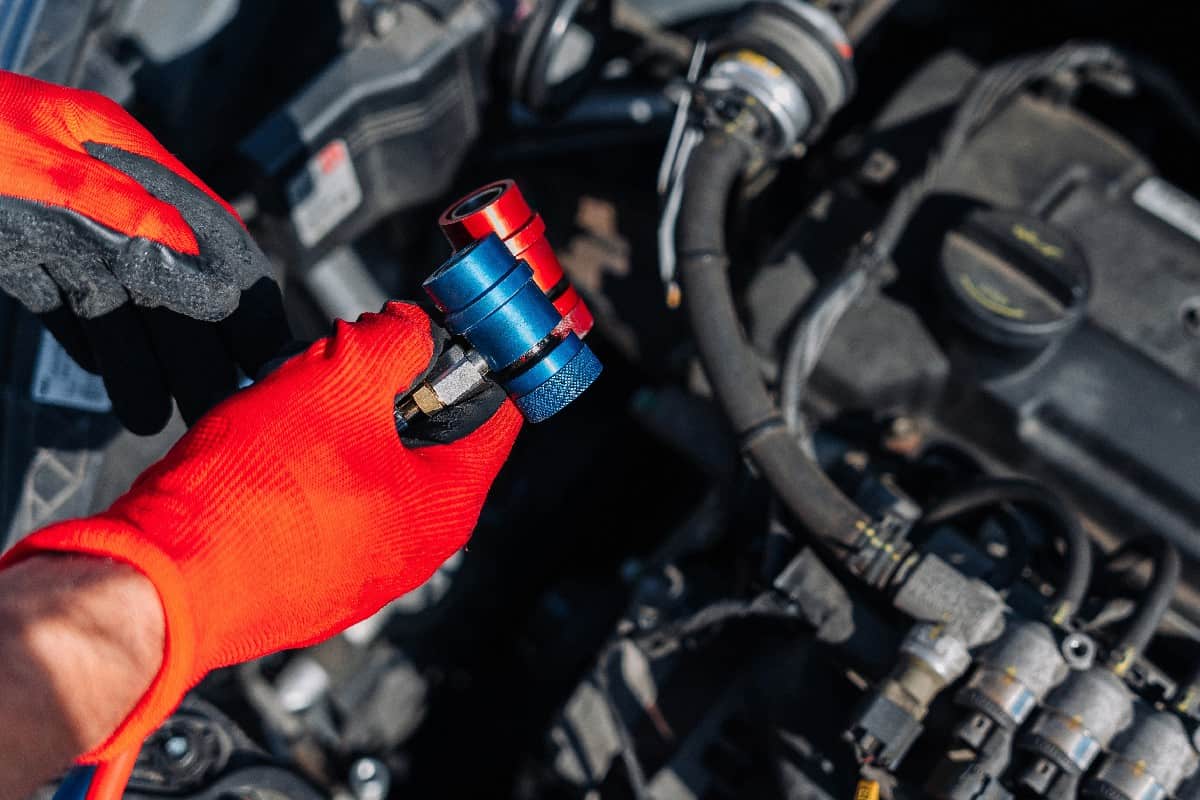
Recharging a car’s AC is usually a DIY-friendly job, but take your time! Remember, going through this task hastily may result in bringing unwanted harm to your vehicle.
So, continue reading this section to know the general steps to recharge your vehicle's AC compressor:
What You’ll Need
- Automotive refrigerant recharge kit
Step-By-Step Guide
- Turn off the vehicle’s AC and engine. Engage the hand or parking brake afterward.
- Allow the engine to cool before opening the hood.
- If you’re using a fresh refrigerant can, unscrew its lid and remove the safety lock.
- Return the lid with the gauge to the refrigerant container.
- Locate and remove the low side cap of the car’s AC that’s under the hood.
- Connect the hose attached to the refrigerant can to the low side terminal.
- Start your car’s engine and turn on the AC. Then, set the cooling system to its coldest setting.
- Return to the refrigerant can and squeeze its trigger.
- Stop squeezing the can’s trigger when the needle in the gauge enters the red zone.
- Wait until the needle in the gauge lowers to a reasonable level.
- Repeat steps 8 to 10 until the gauge shows that the refrigerant level in the cooling system is at an appropriate level.
- Turn off the AC and the engine. Next, remove the hose from the low side terminal and return its cap.
- Turn on the engine and the AC again, and leave it on for a few minutes to check if the compressor still cycles frequently.
Check out this R134A refrigerant recharge kit on Amazon.
You can also watch the video below for a visual guide to this procedure:
Warning: Don’t put more refrigerant in your car’s AC than recommended. If so, you may hear some unfamiliar sounds coming from the cooling system. Read our post on what an overcharged AC sounds like to check if you overdid it with this procedure.
How Much Does It Cost To Replace A Car AC Compressor?

Prepare to spend around $1,100 to replace an automotive AC compressor. The overhead should include the parts that need replacing, along with professional labor costs. Still, you might be able to reduce the overall expenses for this project if you complete certain steps using DIY techniques.
Warning: Don’t tinker with your car’s AC system or any part of the vehicle if you believe you don’t have sufficient confidence or skill to protect it from harm. Troubleshooting, repairing, and/or replacing automotive parts without adequate know-how and self-assurance may result in extra repair or replacement expenses.
Final Thoughts
Your car’s AC compressor might cycle frequently or fail to remain engaged if it has an underlying problem. Park your vehicle in a safe spot and troubleshoot its cooling system to find the main cause of the issue. Remember, you can always rely on expert automotive repair services if you don’t know how or if you need help in repairing your car’s AC system.



